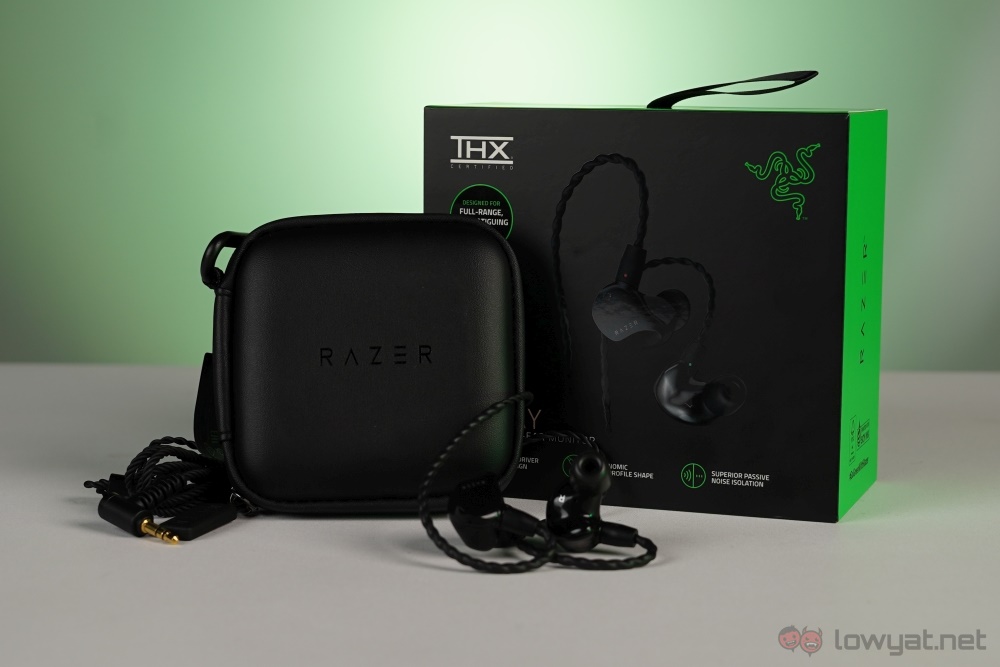In the tail end of June, gaming peripheral maker Razer announced the Moray, which the company addresses specifically as in-ear-monitors (IEM). Named after a species of eel, it marks the brand’s first step into this category of audio products. Which should make this audio product very different compared to the range of Hammerhead earbuds that it already sells.
And on paper, it is. But what about in practice? Would you pick these over the variety of Hammerheads? Let’s find out.
What Am I Looking At?
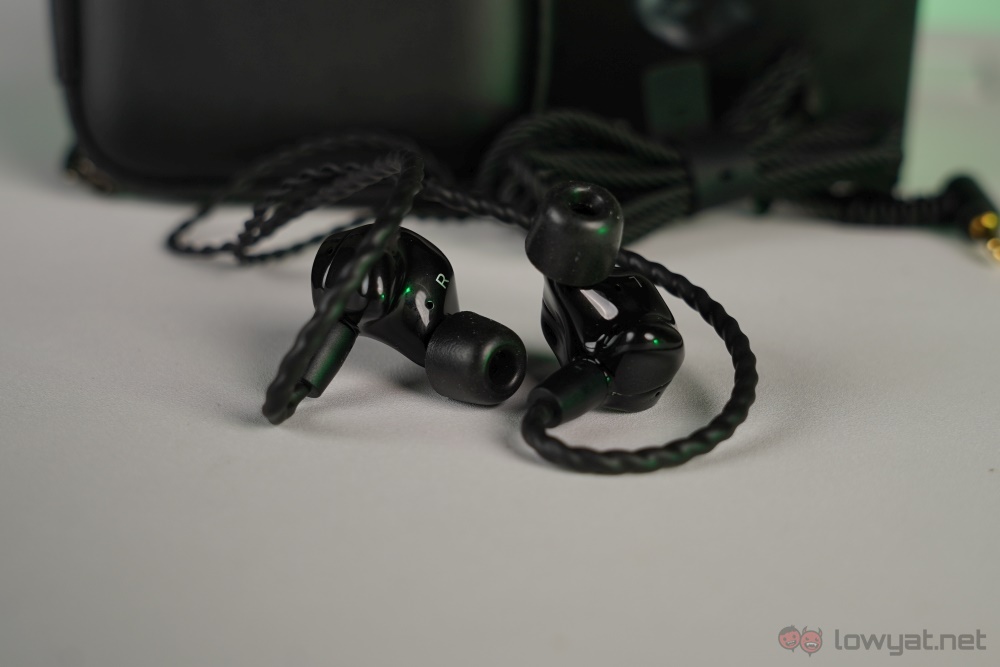
To start, we should probably first describe what makes the Razer Moray IEMs rather than your regular pair of earbuds. The line between the two is very blurred these days, with a lot of overlaps between the two categories. But for the Moray specifically, one of its IEM qualifier quality is the fact that each side comes with two drivers – one “balanced armature driver” and a “dynamic driver”. Another is the fact that the cables can be detached from the housings.
Razer appears to be marketing the Moray pretty specifically for streamers, which makes some degree of sense. After all, these, like most IEMs, don’t come with microphones. If you need one of these, it is assumed you already have a standalone mic for your content creation needs. But on the flip side, if what you do has a heavy focus on gaming, this may not be the best choice, but we’ll get into that later.
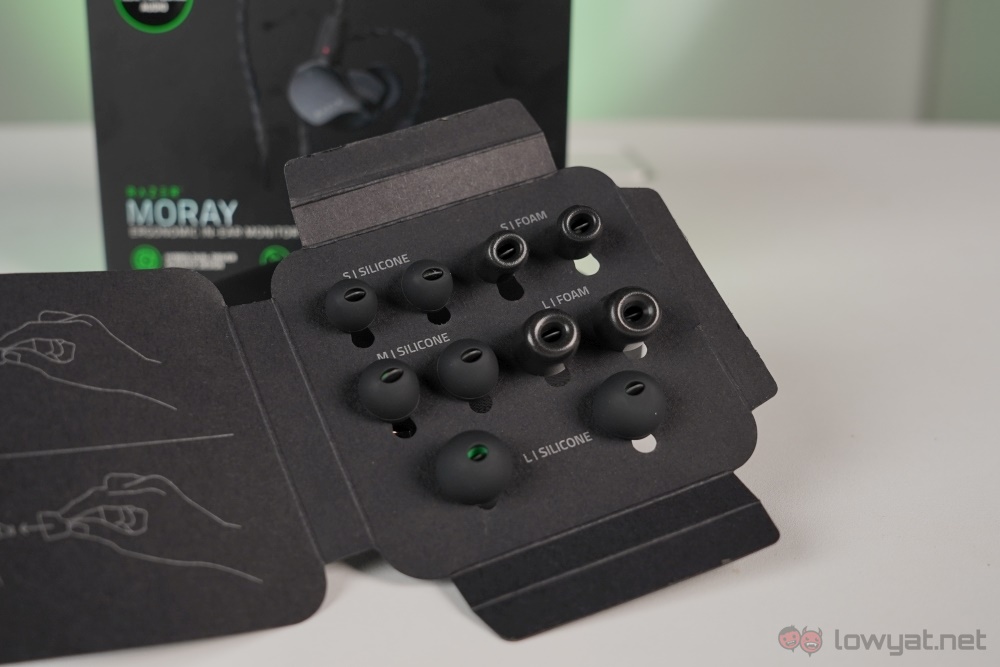
Rounding up the Razer Moray feature list is THX certification, something that you’ll find on most of the brand’s audio products. You’ll get six pairs of eartips in total in the box – the usual S, M and L sizes, with one set being silicon tips and the other being foam. And stuck on the box is its RM669 price tag.
What’s Good About It?
In today’s world of TWS buds, the Razer Moray stands out simply by still sticking to wires. Naturally, this means no latency issues that plague wireless audio tech, and no need to worry about codecs either. When used with a mobile device, this also means not having to download an additional app for it to perform at its best; for once, the equaliser of your music player is enough. There’s also the added benefit of not having to worry about battery life.
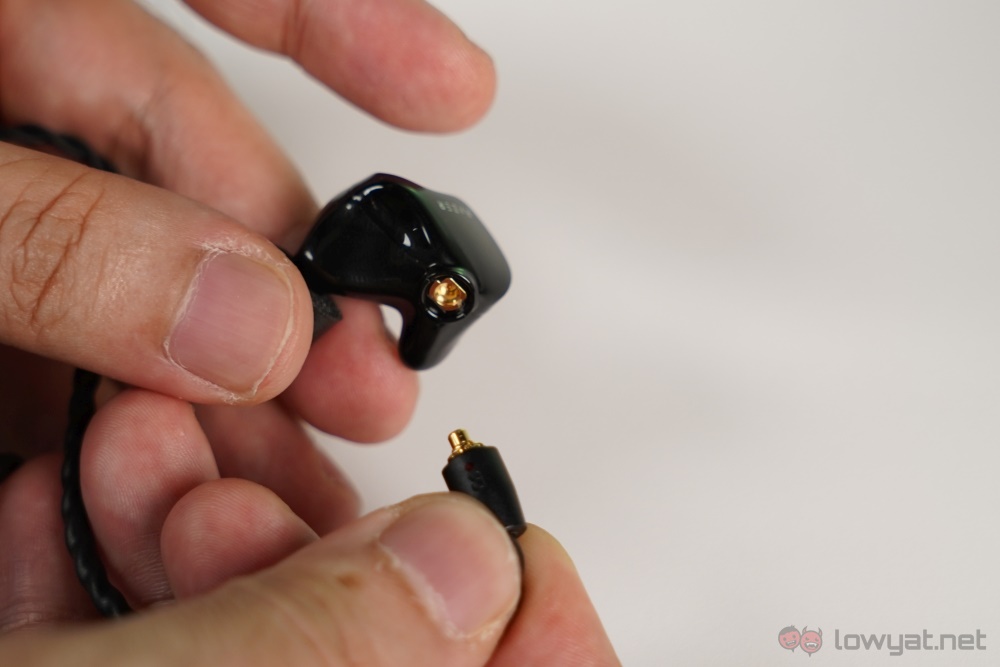
Sound quality is also great. If you want clear and accurate sounds, the Razer Moray has you covered. Though this also means that the sound signature is very flat. This, in turn, makes it less suitable for gaming, which can benefit from slightly stronger lows and highs to hear footsteps and gunshots, for example. Soundstaging is still pretty impressive, but not the best as IEMs – being closer to your eardrums – usually don’t do as well compared to earbuds of comparable quality.
The added benefit of having foam tips in addition to the silicon ones is also an added bonus for the Razer Moray. In fact, the M-sized foam tips are attached by default. These usually mean better noise isolation and comfort, but they are usually the first to suffer from the effects of wear and tear.
What’s The Catch?
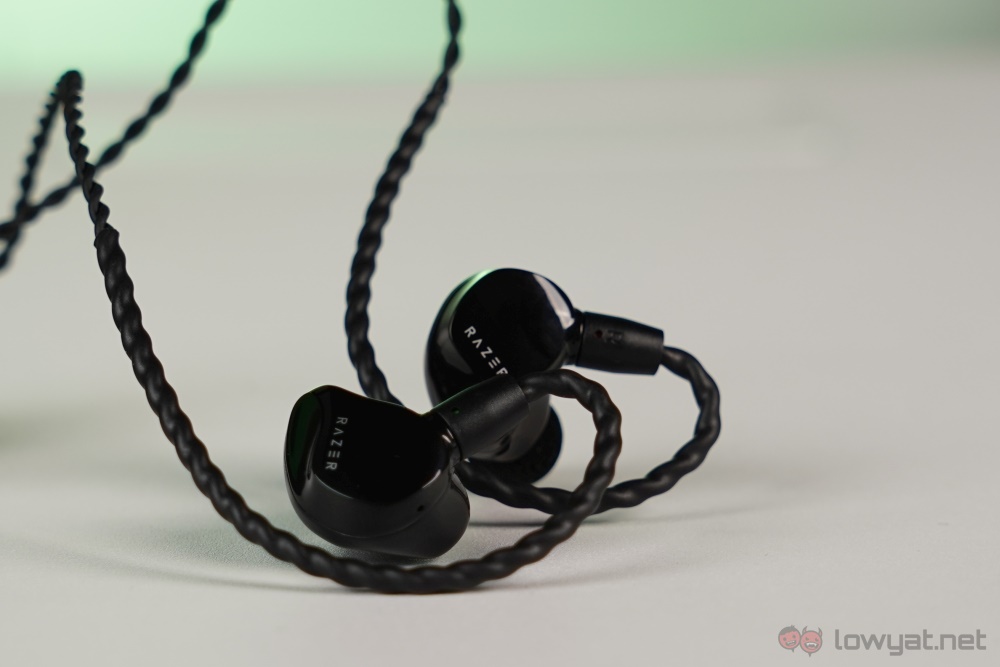
Many of the benefits of being a pair of IEMs are also the drawbacks of the Razer Moray. Starting first with the fact that it comes with old-fashioned wires, this is not something that you can use on its own with many phones anymore, as manufacturers have begun shedding the 3.5mm audio jack. The argument can possibly be made for devices that cost less, but these don’t usually come with the best built-in DAC. So either way, you’ll need to invest another handsome sum of money for a DAC or amp for the best results.
Then there’s the matter of features, or the lack thereof. While the sound quality of the Razer Moray is good for its price, you’re missing out on a lot of features that you can get on your usual TWS buds. This list includes the likes of ANC, ambient mode, built-in mics, and so on. Sure, you’ll have to pay quite a bit more for all those while still maintaining this level of sound quality. But it sounds like the kind of sacrifice many are willing to make, especially if it means not having to deal with cables.
I’ve already mentioned this before, and it’s worth bringing up again, but getting the Razer Moray for your streaming setup requires that you have your own standalone microphone. If you are a content creator who has already invested a lot into your recording setup, then this is fine. But if you’re just starting out, this definitely wouldn’t be your first choice, as you can get a headset with a boom mic that does both for about the same price.
Should I Get It?
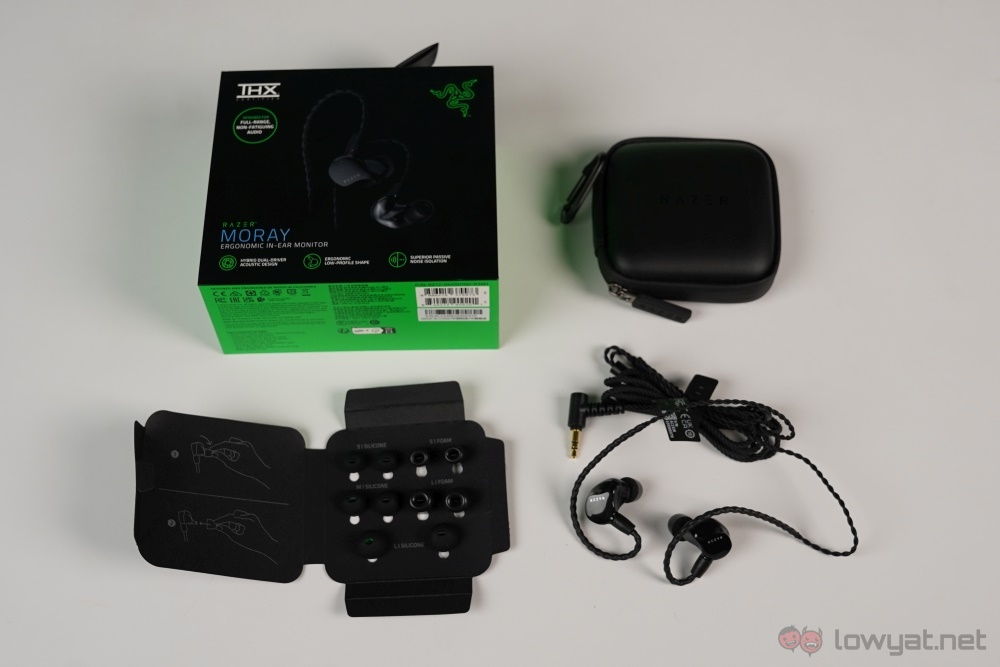
To be fair, the Razer Moray is not particularly expensive in the world of IEMs. In fact, it would be fair to say that it’s actually very affordable in comparison to other available options. But we live in a time where TWS buds can do so much more, it takes a very specific need on your part to want wired IEMs. And unless you want the most natural sounds for your tracks and can live with cables, this is unlikely to be a concession that you’d make.
But if you’ve had your TWS buds needs already met, and you already have a standalone mic for your content creation purposes, then the Razer Moray is a worthy pick up. Though that still depends on the extent of an audiophile that you profess to being. If you want your music to sound good but don’t want to spend too much, this will do just fine. But if you want the best pair of IEMs possible, then you’ll naturally have to spend much more.
Photography by Adrian Low & Sam Wei Han
Follow us on Instagram, Facebook, Twitter or Telegram for more updates and breaking news.


